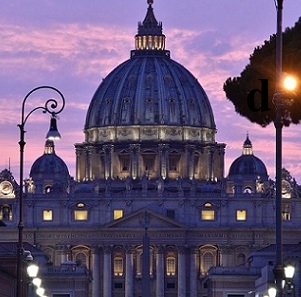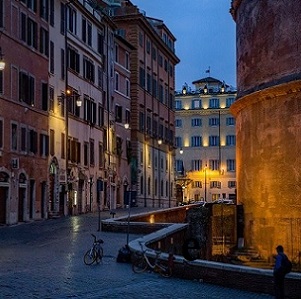Amazing Rome
Rome, the stages of the founding of the city were transmitted under the guise of a legend. The historians of the nineteenth and twentieth Century re-evaluated the real value of the legend and the history of the first kings (Numa Pompilio, Tullio, Romulus, OSTILIO). The historian Varro led the foundation of the “Urbs” on 21 April 753 BC based on the calculations of the astrologer Lucio TARUZIO.
In addition, thanks to the study of some archaeological remains, it was possible to sift through the historical. Surely the first inhabitants of Rome came from various areas and did not have the economic and cultural development of their northern neighbors. In the Palatine area, archaeologists found the remains of a settlement from the 8th century BC. It is probable that the inhabitants of that area occupied.



Facts
Sources tell us that Romulus tried to increase the number of his subjects, after opening a refuge on the Capitoline Hill. Foreign traders and marginalized people from other communities settled there. Moreover, in that time the number of the female population increased with the Rape of the Sabine Women. A legendary event and one of the iconographic themes represented the art works, such as in the sculpture in Florence or paintings in the Louvre. The Sabine king of Curi, Tito Tazio, attacked Rome and occupied the Capitoline. Subsequently, both villages merged and a single city was formed with two kings until the death of Titus Tazio.
In addition, the canonical list of the seven kings of Rome is Romulus, Numa Pompilius, Lucio, Tarquinio Priscus, Tullio OSTILIO, Anco Marzio, Servius Tullius and Tarquinio. No historian currently doubts the existence of the last three kings. Thanks to the archaeological documentation that confirms the information. On the other hand, there are no documents that can deny the existence of the remaining four. Part of contemporary historiography claims that the list of seven kings already existed in the third century BC.
